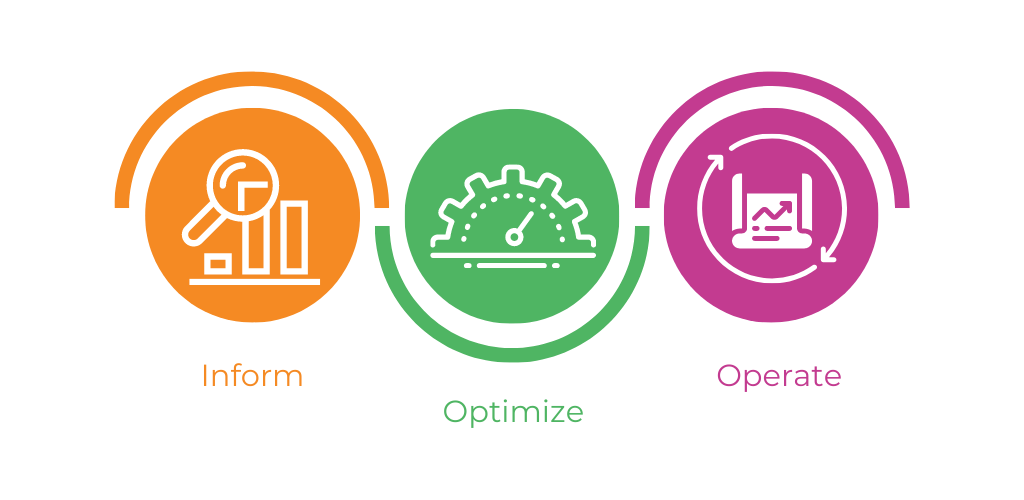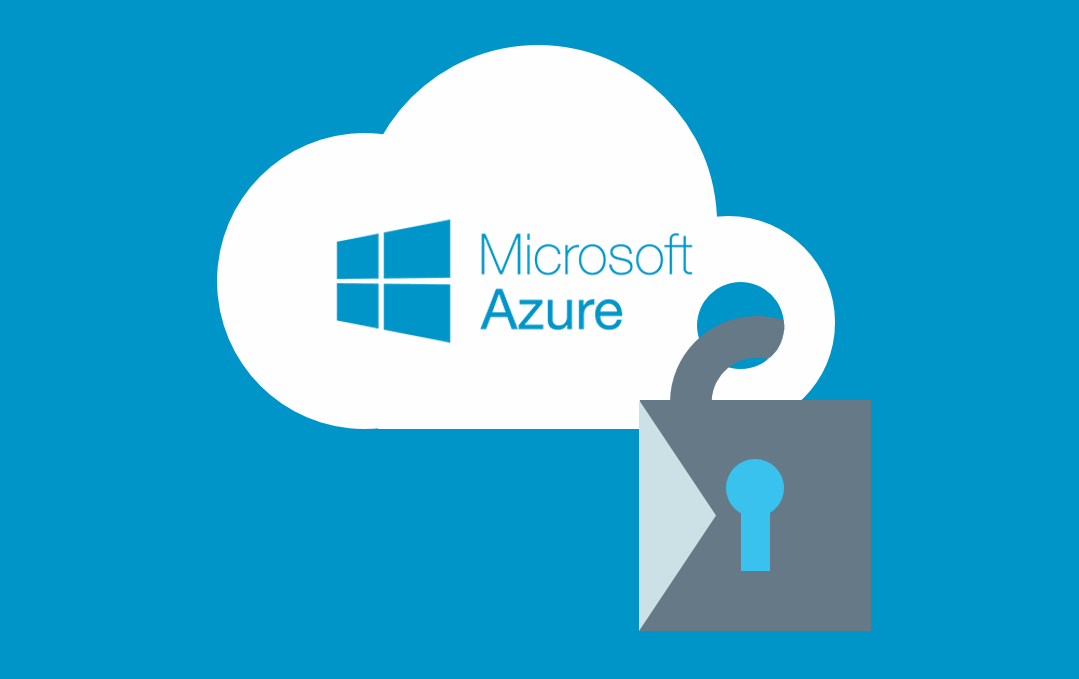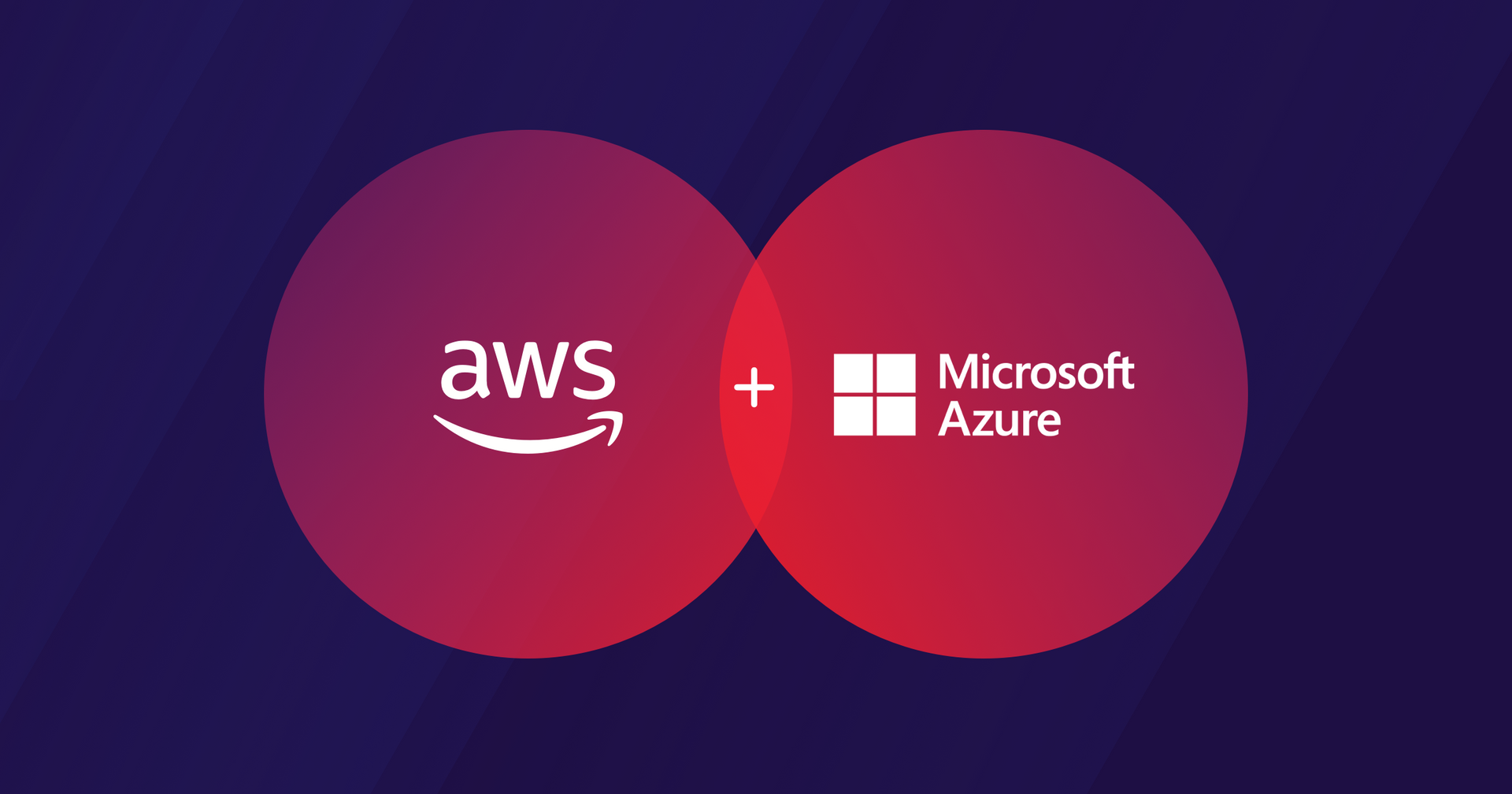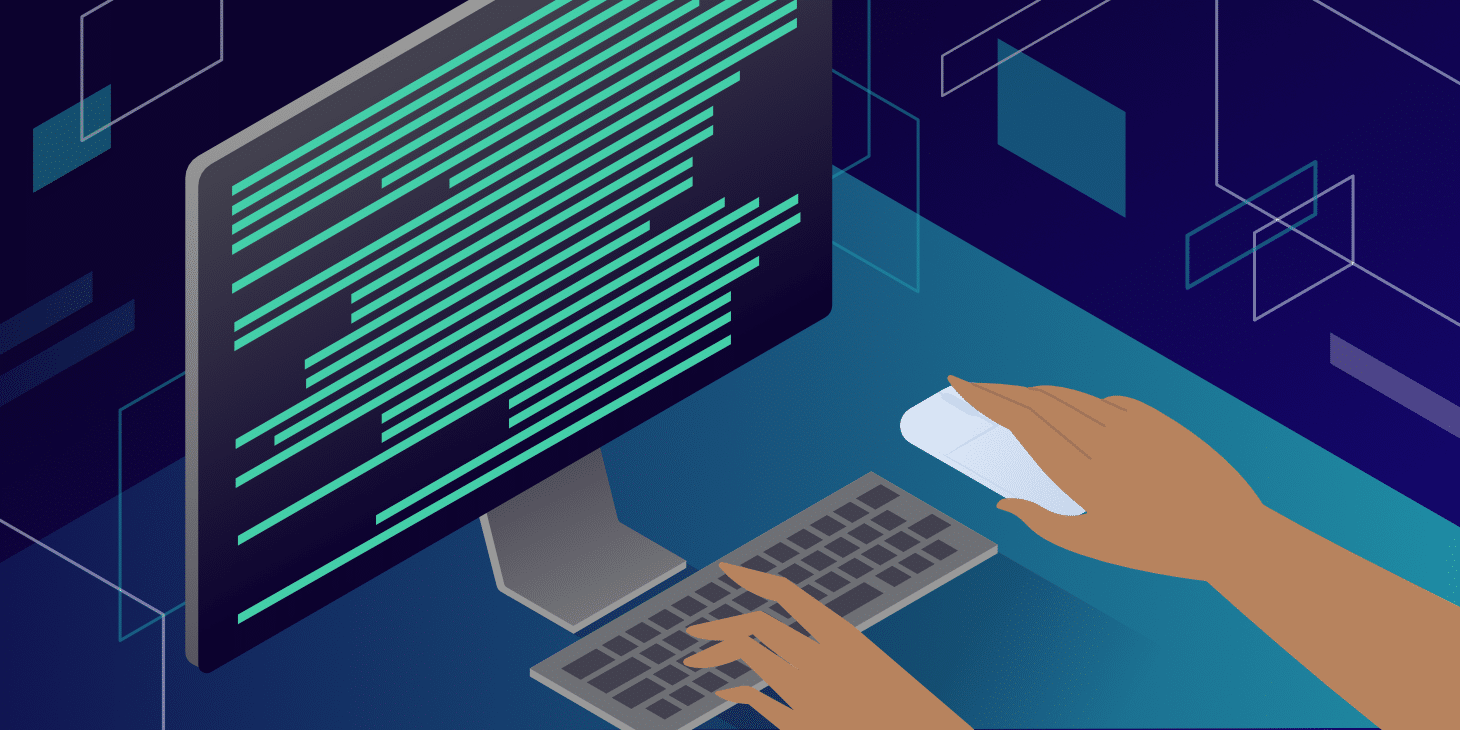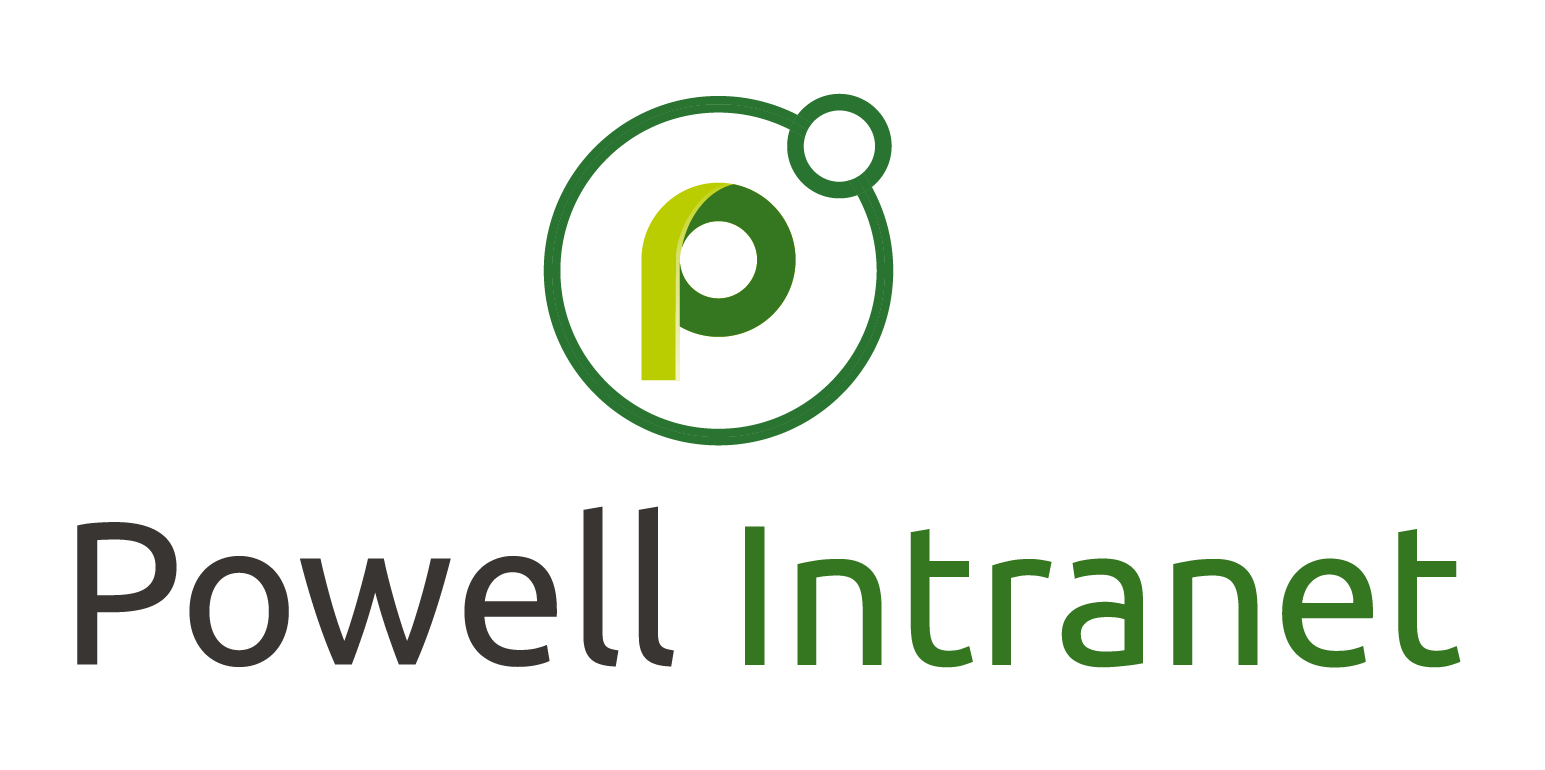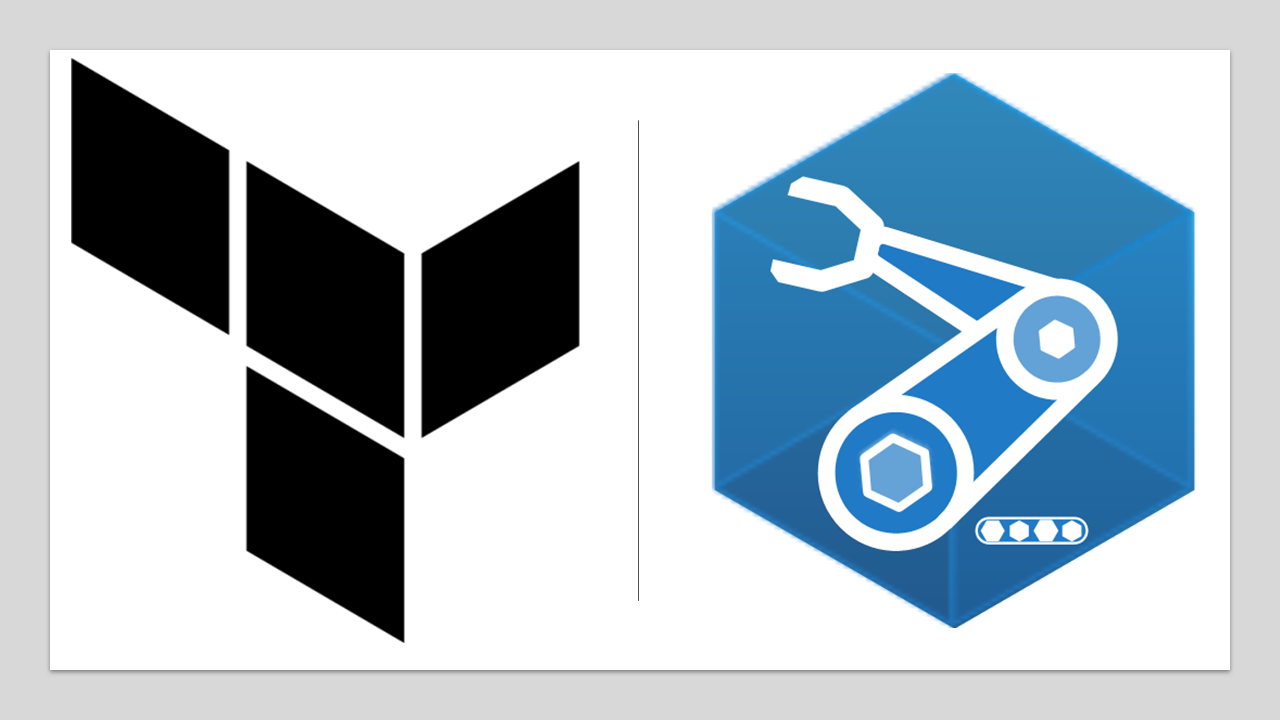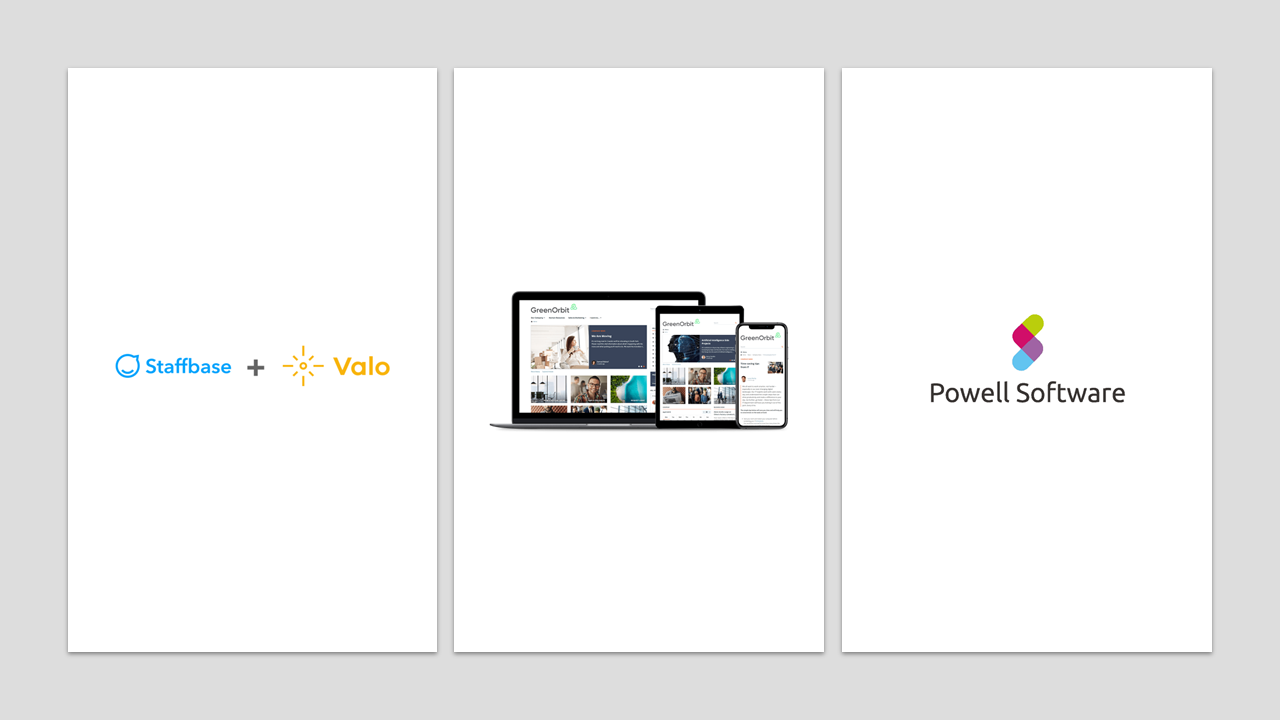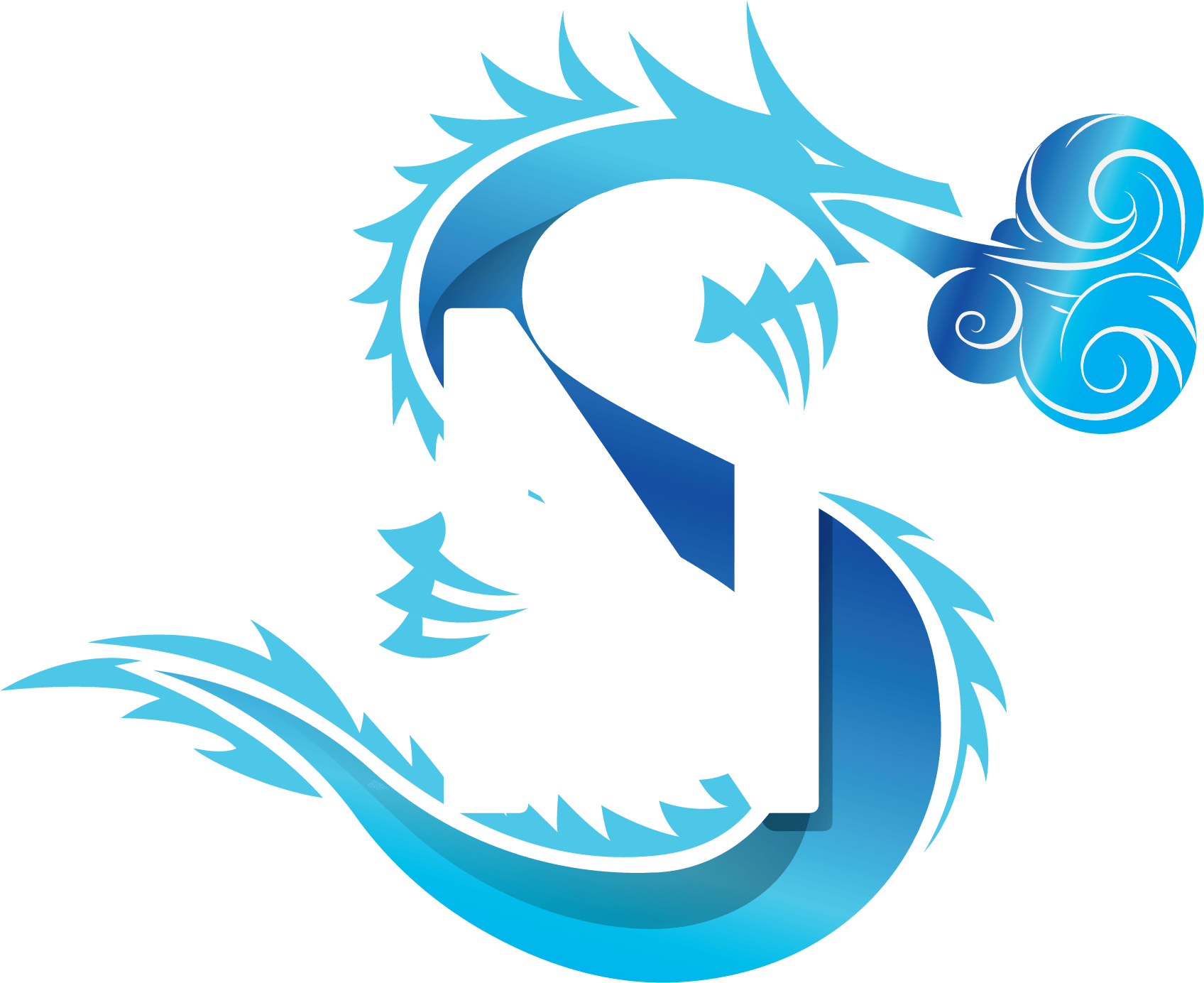Best Practices to Secure M365
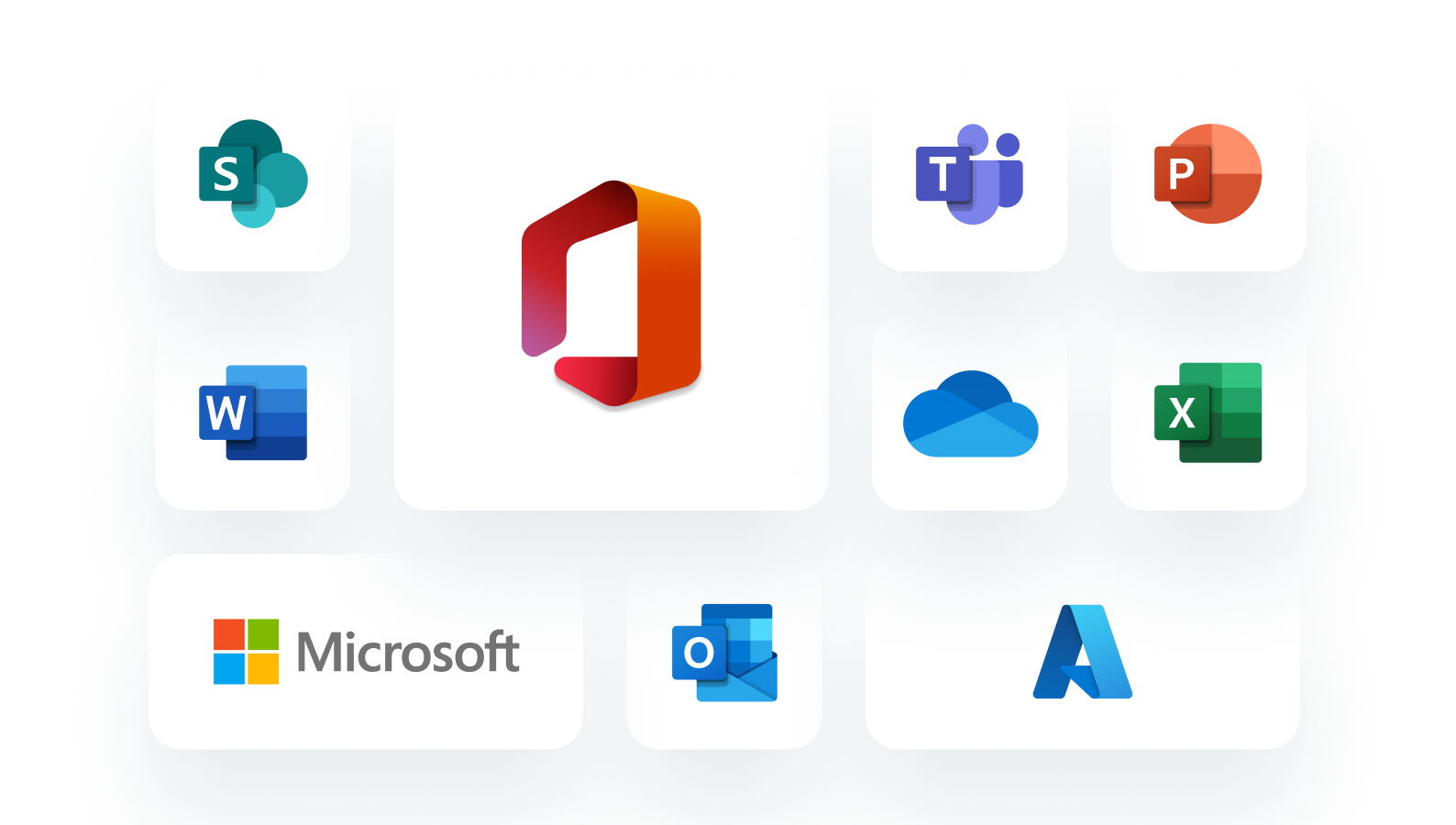
Microsoft 365 (M365) is a comprehensive suite of cloud-based productivity and collaboration tools that include popular applications such as Word, Excel, PowerPoint, Teams, and more. As more and more businesses are adopting M365, securing it from cyber threats has become crucial. Here are some best practices that can help you secure M365:
Enable Multi-Factor Authentication (MFA):
MFA is an authentication process that requires users to provide two or more forms of authentication before they can access their accounts. This adds an extra layer of security and can help prevent unauthorized access to M365 accounts.
Use Strong Passwords:
The use of strong passwords is essential to secure M365 accounts. Strong passwords are those that are at least 8 characters long and include a combination of uppercase and lowercase letters, numbers, and symbols. It is also recommended to change passwords periodically.
Implement Data Loss Prevention (DLP):
M365 has a built-in DLP feature that allows businesses to identify and protect sensitive information such as personal identifiable information (PII) and financial data. With DLP, you can set up policies that can automatically detect and prevent the sharing of sensitive information outside the organization.
Keep Software and Systems Up to Date:
It is crucial to keep M365 applications and systems up to date. Regularly updating M365 can help address known security vulnerabilities, fix bugs, and provide additional security features.
Restrict External Sharing:
External sharing can be a security risk. It is recommended to restrict external sharing to only authorized individuals and only when necessary. This can be achieved by setting up permissions and access controls.
Use Encryption:
Encryption can protect sensitive data by rendering it unreadable to unauthorized users. M365 provides encryption for data at rest and in transit. It is recommended to enable encryption for sensitive data such as emails, files, and documents.
Monitor User Activity:
Monitoring user activity can help identify potential security threats. M365 provides features that allow you to monitor user activity and set up alerts for suspicious activity.
Train Employees on Security Best Practices:
Employee education is crucial to the overall security of M365. It is recommended to provide regular training on security best practices such as identifying phishing emails, avoiding suspicious links, and enabling MFA.
In conclusion, securing M365 is critical to protecting your business from cyber threats. By implementing the best practices outlined above, you can significantly improve the security of your M365 environment.
